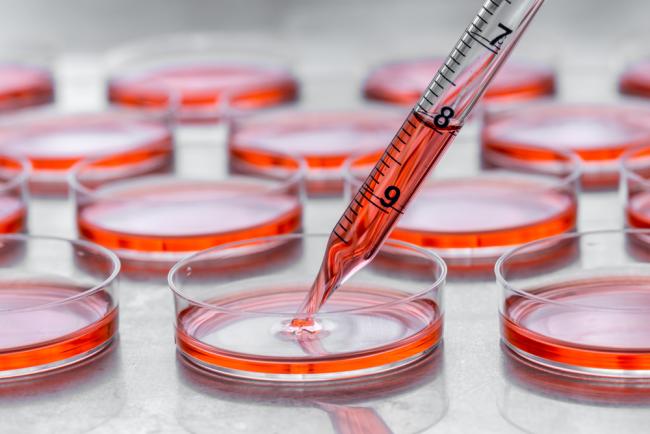Oligomycins are macrolides created by the Streptomyces species that act as strong antibacterial agents, but are often poisonous to other organisms, including humans. They serve as a classical mitochondrial reagent that binds to the Fo subunit of the Fo/F1 ATPase (ATP synthase). These binding blocks proton conductance across the synthase complex and inhibit the synthesis of mitochondrial ATP, thus inhibiting proton translocation and O2 uptake.
The Oligomycin complex was first reported in 1954, isolated from a strain of Streptomyces diastatochromogenes. Oligomycin has been attributed to antifungal, antitumor, immunosuppressive, insecticidal and nematocidal properties. There are several known Oligomycins named Oligomycin A-G. Oligomycin complex is a mixture of Oligomycins A, B, and C. Different Oligomycin isomers are highly specific for the disruption of mitochondrial metabolism. Oligomycin A, a dominant analog of the isomers, is a selective inhibitor of mitochondrial F1/F0 ATP synthase that induces apoptosis in a variety of cell types. Oligomycin A specifically exhibits antifungal, antitumor, and nematocidal activities, but has poor solubility in water and other biocompatible solvents, which limits its clinical application. In Vitro, Oligomycin A is used to modulate ATP synthesis and decrease cellular ATP levels in studies of cell or organ function. Oligomycin B is a nonselective inhibitor of ATP synthases, which can reduce the rate of ATP depletion in myocardial ischemia.
Fermentek's Oligomycin Products
Fermentek's expertise enables the production of different types of highly pure Oligomycins in bulk quantities for research and analysis purposes. Our company focuses mainly on the production of Oligomycin complex, Oligomycin A, Oligomycin B and Oligomycin C. These toxins are produced as pure solid crystalline substances.





